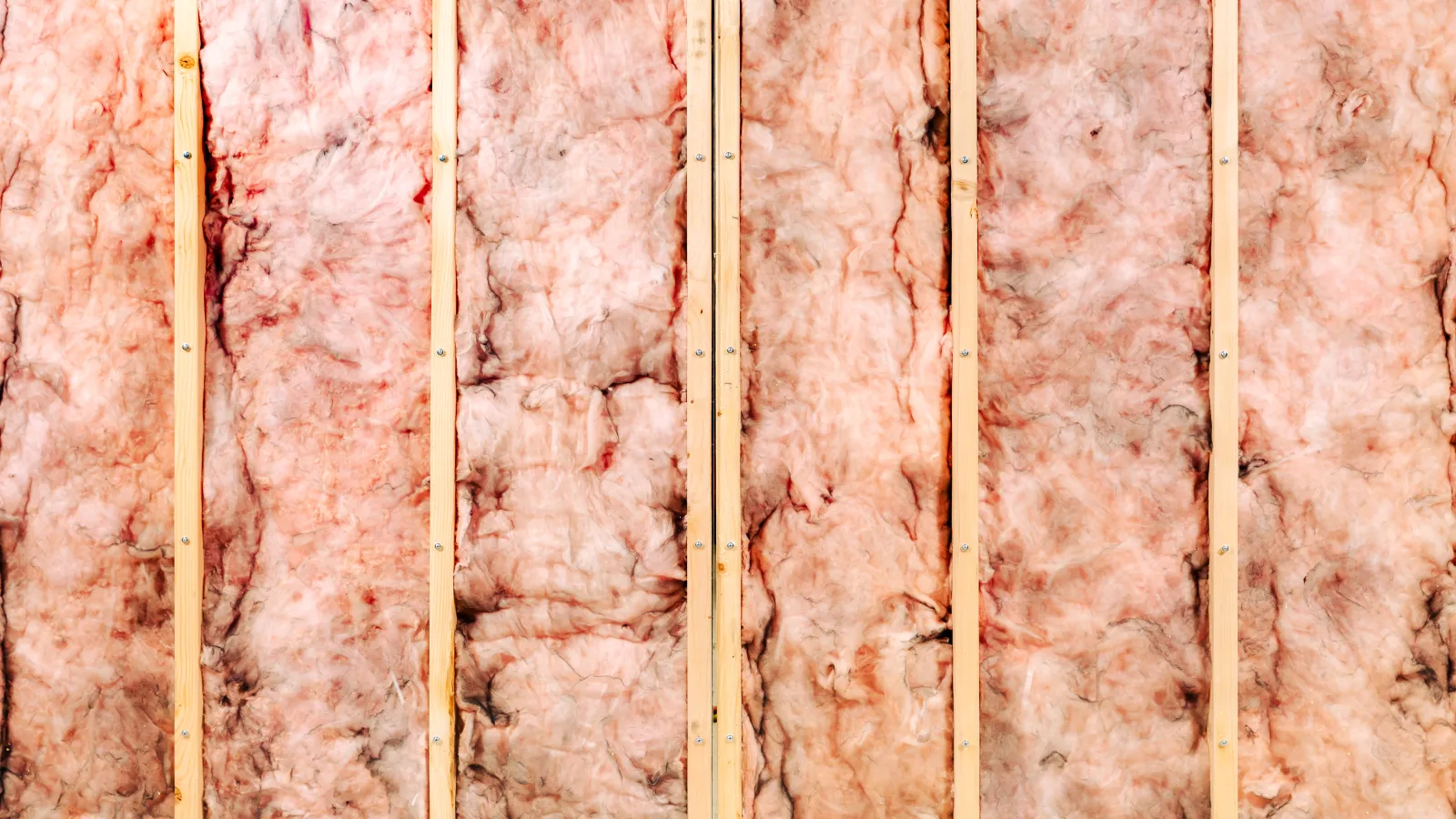Your attic is crucial in maintaining your home's energy efficiency and comfort. Proper insulation not only regulates temperature but also reduces energy bills and extends the lifespan of your home.
With so many insulation options available, deciding which is best for your attic can be challenging.
In this article, we'll discuss three of the best types of insulation for your attic: blown-in insulation, spray foam insulation, and air sealing.

Blown-In Attic Insulation
Why Choose Blown-In Insulation?
Blown-in attic insulation is a top choice for homeowners due to its ability to provide comprehensive coverage throughout the attic. This insulation is applied by blowing small material particles, typically fiberglass or cellulose, into the attic space. The material spreads evenly, filling in tight corners and around obstacles, creating an effective thermal barrier.
Benefits of Blown-In Insulation
- Energy Efficiency: Blown-in insulation effectively reduces heat transfer, helping maintain a consistent indoor temperature.
- Ease of Installation: It's quick to install, causing minimal disruption to your home.
- Cost-Effective: Blown-in insulation is often more affordable than other insulation types, making it an excellent choice for those on a budget.
When to Use Blown-In Insulation
Blown-in insulation is ideal for attics with irregular shapes, hard-to-reach areas, or where existing insulation needs a boost. It's particularly useful in older homes with challenging attic spaces.
Spray Foam Insulation
Why Choose Spray Foam Insulation?
Spray foam insulation has superior insulating properties and air-sealing capabilities. Made from a polyurethane-based material, it expands upon application, filling gaps and creating an airtight seal. Spray foam offers the highest R-value per inch, making it one of the most effective insulation options.
Benefits of Spray Foam Insulation
- High R-Value: Provides excellent thermal resistance, helping lower energy costs.
- Air Sealing: Seals the attic to prevent air leaks, enhancing energy efficiency.
- Moisture Barrier: Acts as a moisture barrier, protecting your attic from mold and mildew.
When to Use Spray Foam Insulation
Spray foam insulation is perfect for attics where air sealing is crucial. It's also ideal for homes in extreme climates that require top-tier insulation to maintain indoor comfort.
Air Sealing
Why Choose Air Sealing?
Air sealing involves identifying and closing gaps and cracks in your attic to prevent air leaks. Unlike traditional insulation that focuses solely on thermal resistance, air sealing addresses the movement of air through your home's envelope, improving overall energy efficiency.
Benefits of Air Sealing
- Energy Savings: Reduces drafts and air leaks, lowering the workload on your HVAC system and saving on energy bills.
- Improved Indoor Comfort: Eliminates drafts, leading to more consistent temperatures throughout your home.
- Enhanced Insulation Performance: When combined with insulation, air sealing boosts the effectiveness of your attic's thermal barrier.
When to Use Air Sealing
Air sealing is a critical component of any attic insulation project, especially in older homes prone to gaps and cracks. It ensures that your insulation performs optimally, providing maximum energy efficiency.
Contact USA Insulation Today
Choosing the proper insulation for your attic is key to enhancing your home's energy efficiency, comfort, and durability. Blown-in insulation, spray foam insulation, and air sealing each offer unique benefits tailored to different needs.
If you're ready to upgrade your attic insulation, contact USA Insulation today. Our experts will help you select the best insulation solution for your home, ensuring a comfortable and energy-efficient living space.



